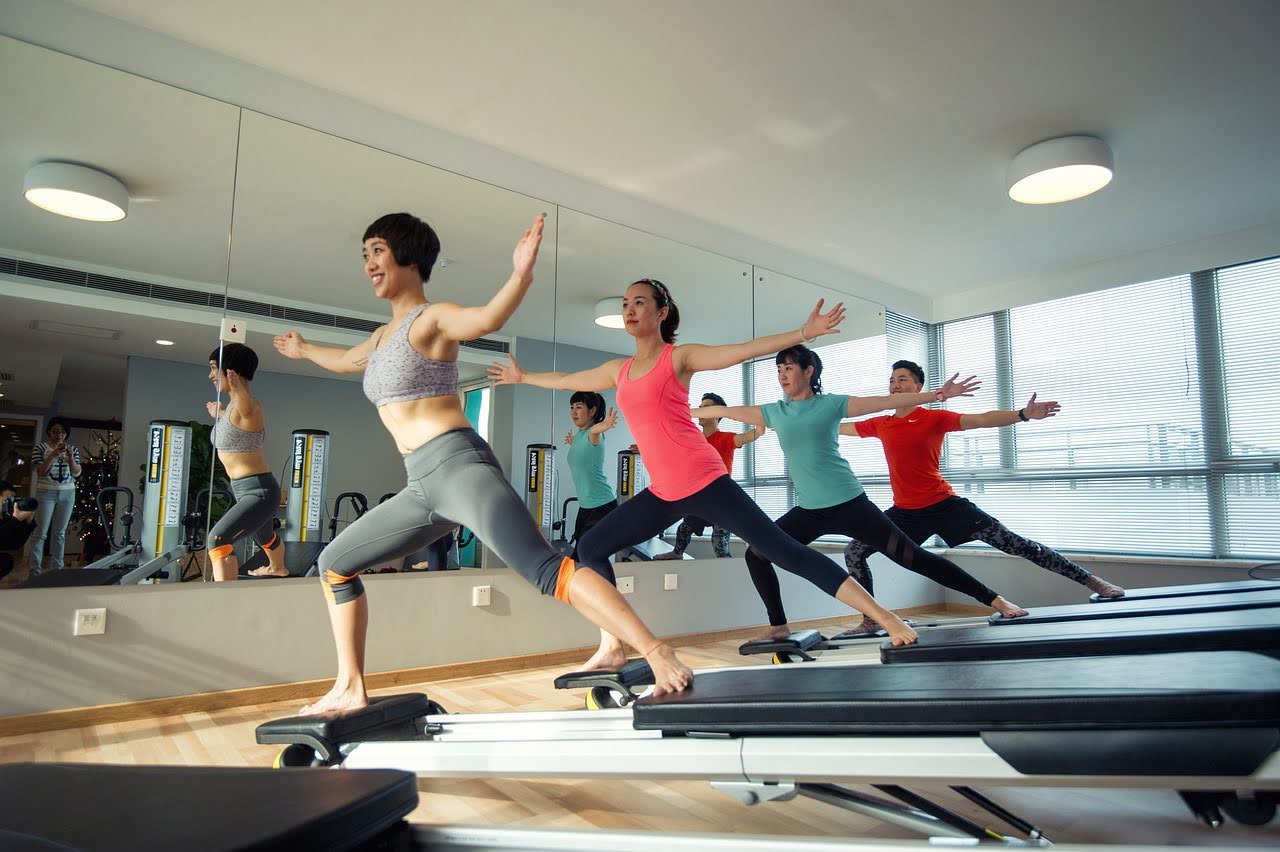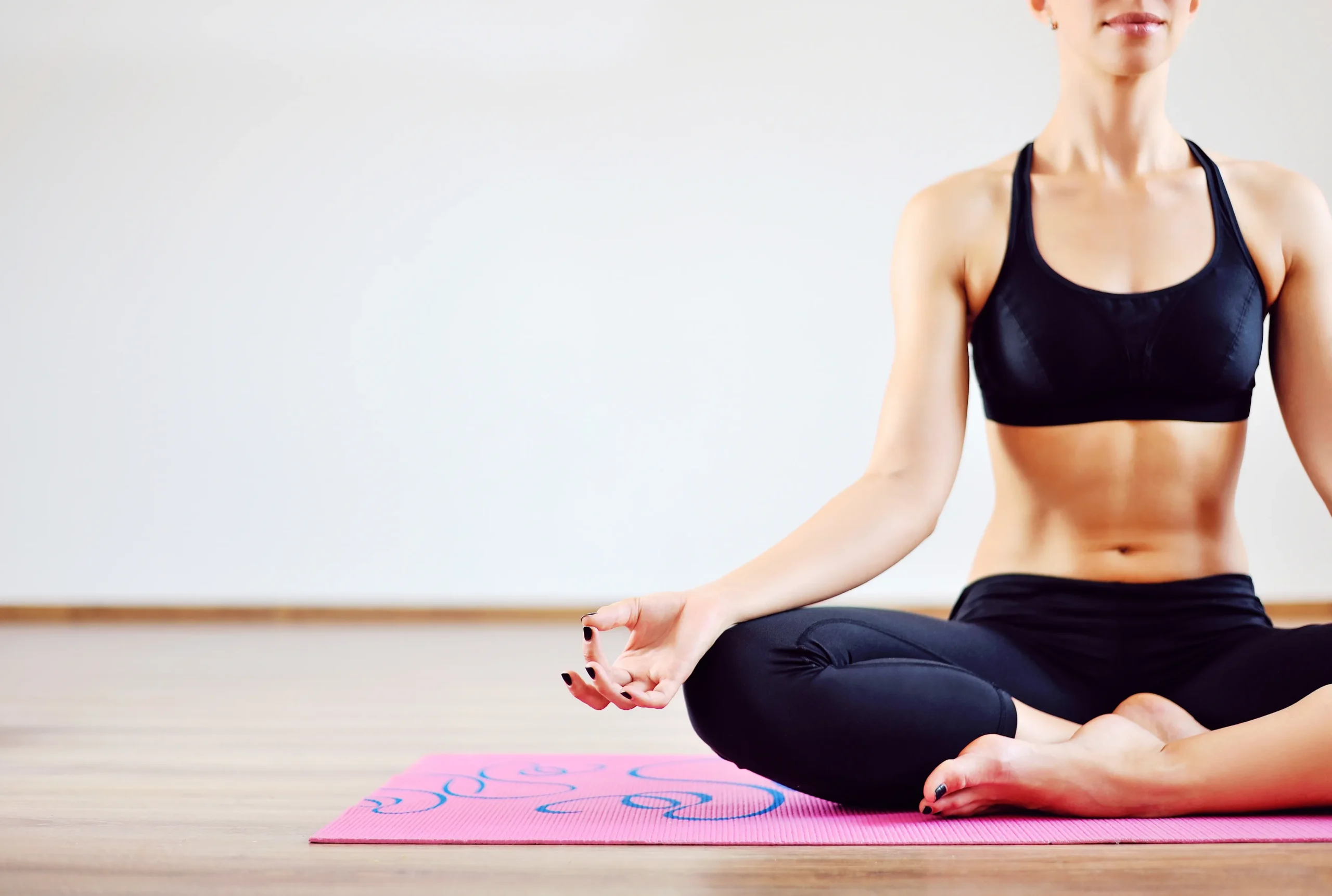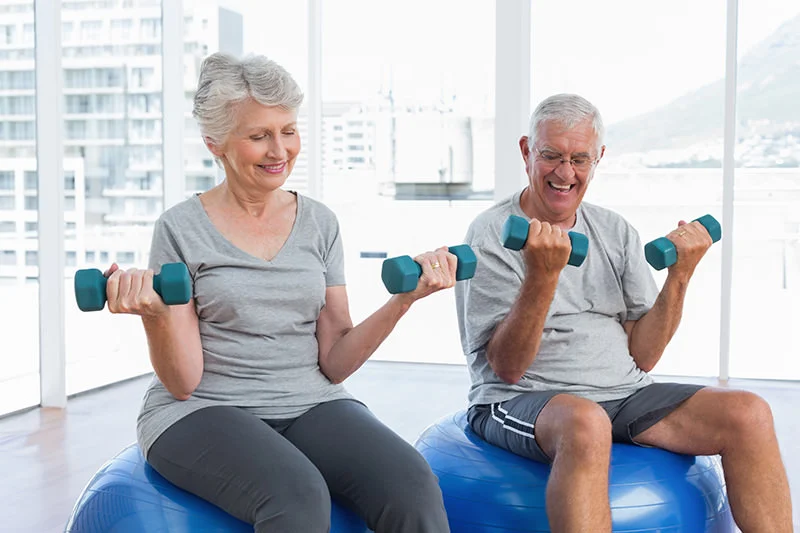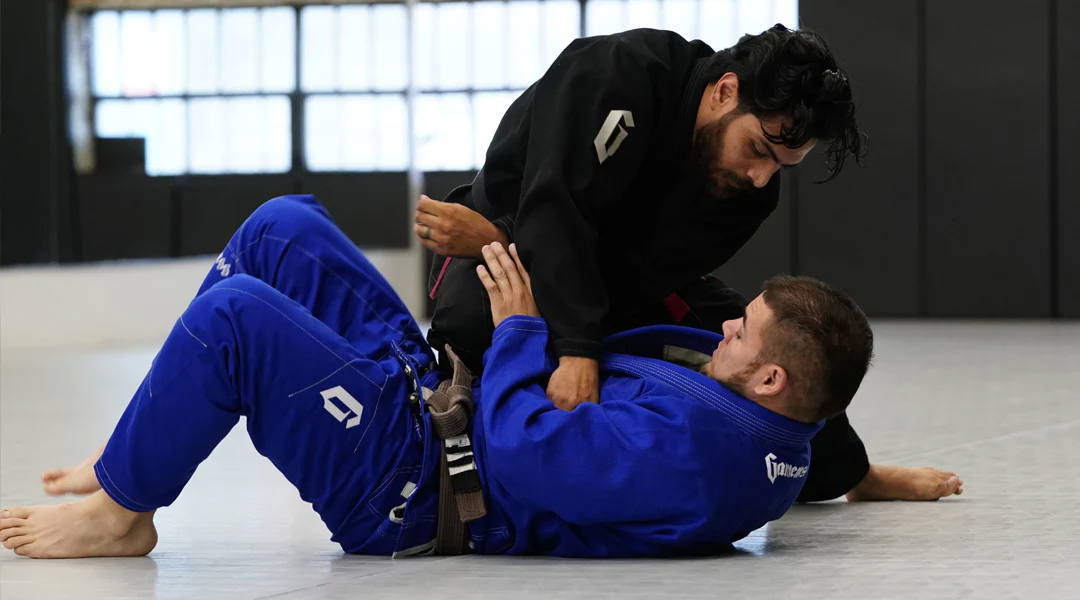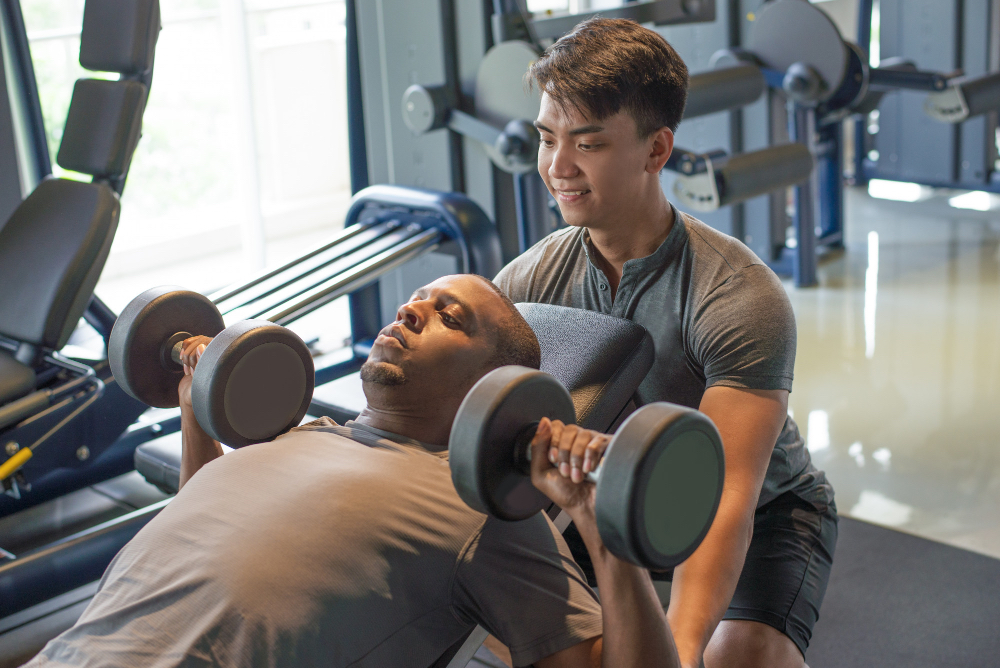Being a personal trainer is more than just guiding clients through workouts. You’re a coach, motivator, sometimes even a therapist, all while managing your own fitness and business goals. The mental fatigue that comes with this level of responsibility can be overwhelming, and if not addressed, it can lead to burnout.
Understanding Mental Fatigue
Mental fatigue is different from physical exhaustion. It’s the constant feeling of mental drain, reduced motivation, and difficulty focusing. As trainers, we pour energy into every session, listen to clients’ struggles, and push them to improve. Over time, the emotional and cognitive load can take a toll, making it harder to stay engaged, creative, and enthusiastic.
The Unique Challenges Personal Trainers Face
Unlike traditional office jobs, personal training requires a high level of emotional and physical presence. You’re not just showing up and doing a task—you’re actively engaging, inspiring, and problem-solving in real time. Whether you’re helping a client push past a plateau, addressing their concerns about progress, or modifying workouts on the spot, your mental capacity is constantly being tested. Add in the business side of things—marketing, client acquisition, scheduling, and finances—and it’s easy to see how exhaustion can creep in.
Personal trainers also experience emotional fatigue from their close relationships with clients. Many trainers serve as unofficial therapists, listening to personal struggles, encouraging self-improvement, and offering emotional support. While this connection is rewarding, it can be draining when you don’t establish boundaries or take time to replenish your own energy.
Signs of Mental Fatigue in Trainers
Recognizing mental fatigue early is crucial to preventing full-blown burnout. Here are some warning signs to watch for:
- Lack of motivation – You used to be excited for sessions, but now they feel like a chore.
- Forgetfulness or lack of focus – Struggling to remember client details or plan engaging workouts.
- Irritability – Feeling impatient or short-tempered with clients.
- Physical symptoms – Headaches, trouble sleeping, or chronic fatigue not related to workouts.
- Loss of passion – You feel like you’re just going through the motions rather than truly enjoying your work.
- Avoidance behaviors – Finding yourself procrastinating on programming, dreading client sessions, or skipping self-care.
If these signs sound familiar, it’s time to take proactive steps before burnout sets in.
How to Combat Mental Fatigue
- Set Boundaries – As much as you care about your clients, you need personal time. Set clear work hours and avoid answering messages outside of them. Establish firm policies on scheduling and cancellations to avoid last-minute stress.
- Prioritize Self-Care – Exercise, nutrition, and recovery aren’t just for your clients. Make time for your own workouts, proper sleep, and stress management. Engage in activities outside of fitness that bring you joy, such as reading, hiking, or spending time with loved ones.
- Delegate and Automate – Utilize scheduling software, online coaching tools, or even a virtual assistant to reduce administrative tasks. Investing in systems that streamline your workload can free up mental space and reduce stress.
- Take new courses like anxiety management courses, specialize in a niche, or explore different training methodologies to keep your work engaging.
- Change Your Environment – A fresh routine, different training spaces, or even a short break from work can help reset your mental energy. Consider attending a workshop or networking event to gain fresh insights and rekindle your passion for training.
- Seek Professional Support – If you’re feeling persistently drained, reaching out to a mental health professional can help. The Delray Center for Healing specializes in mental health care, offering strategies to manage stress and regain balance. Therapy, mindfulness techniques, or even structured counseling can help you develop coping mechanisms.
- Connect with Other Trainers – Sometimes, simply talking with fellow trainers who understand your challenges can provide relief and new perspectives. Join industry groups, attend conferences, or find a mentor who can offer guidance.
- Adopt a Growth Mindset – Personal training is an evolving industry, and continuing education can be an exciting way to reignite your passion. Take new courses, specialize in a niche, or explore different training methodologies to keep your work engaging.
- Take Time Off – Rest is a non-negotiable part of any training plan, and that includes mental rest. Schedule vacations, long weekends, or even just a day off to fully disconnect and recharge. Even short breaks can make a big difference in preventing burnout.
The Takeaway
Personal trainers give so much of themselves to others, but neglecting your own mental well-being won’t help anyone in the long run. Recognizing mental fatigue and taking active steps to address it will ensure that you continue to provide the best possible service to your clients while maintaining a fulfilling and sustainable career.
If you’re feeling overwhelmed, take it seriously. Reach out for support, whether it’s through a professional service like the Delray Center for Healing or a trusted mentor in the industry. Your clients need a strong, focused trainer—take care of yourself first so you can continue to show up at your best. Prioritizing mental health doesn’t make you weak; it makes you a better trainer and role model for your clients. In the long run, taking care of your mind will allow you to sustain your passion and longevity in the fitness industry.


